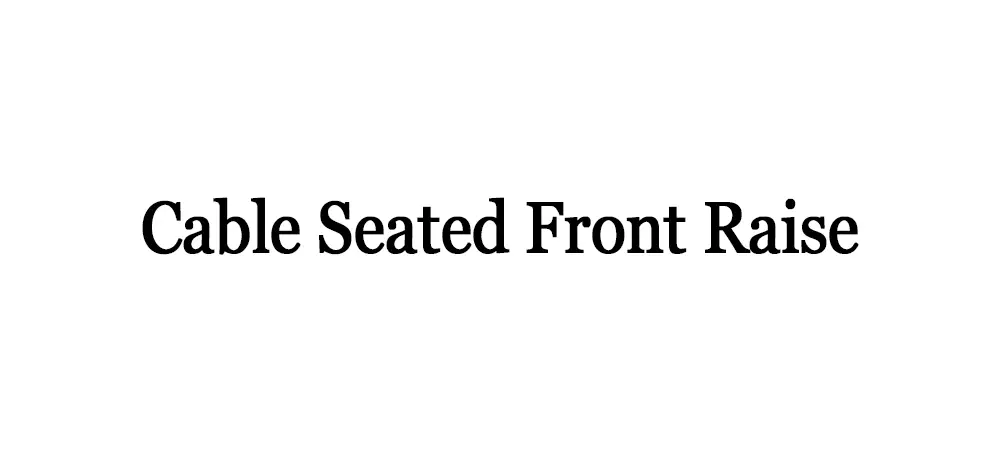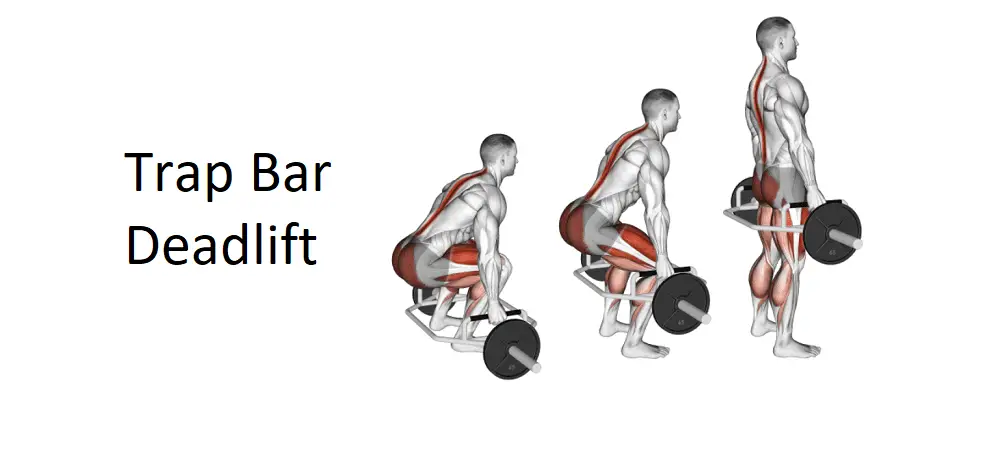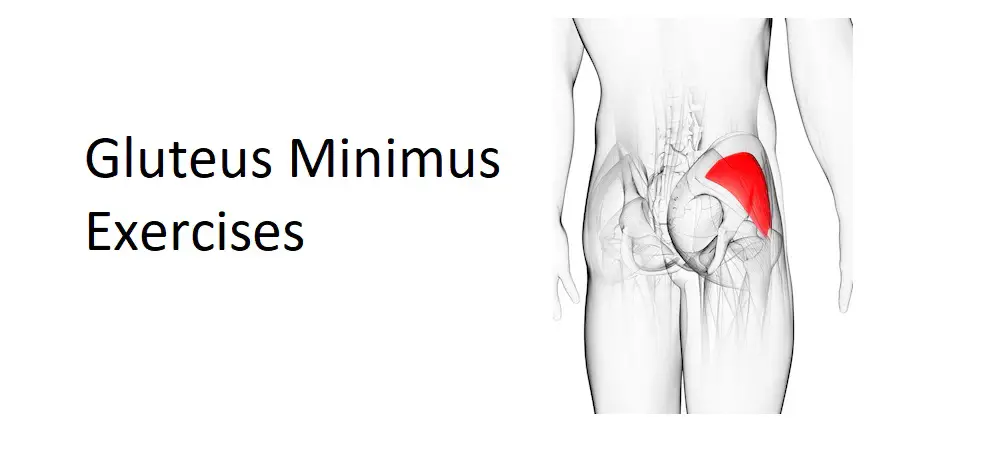The Low-Cable Crossover, also known as the Cable Fly or Cable Crossover, is a strength training exercise primarily targeting the chest muscles (pectoralis major). It is performed using a cable machine with adjustable pulleys and a set of handles or stirrup attachments. This exercise is a popular choice for individuals looking to build and define their chest muscles. In this comprehensive guide, we will explore the technique, benefits, and alternatives to the Low-Cable Crossover.
Instructions
Setup:
- Cable Machine Setup: Begin by setting the cable pulleys to the lowest position on both sides of the cable machine. Attach handles or stirrup attachments to each pulley.
- Weight Selection: Select an appropriate weight on the weight stack. Start with a moderate weight that allows you to perform the exercise with proper form. You can always increase the weight as needed.
- Stance: Stand in the center of the cable machine, facing the machine. Position your feet shoulder-width apart for stability. You may choose to stagger one foot slightly in front of the other for balance.
- Handle Grip: Reach out and grasp one handle or stirrup attachment in each hand. Your palms should be facing forward, and your arms should be extended straight out to the sides.
Execution:
- Starting Position: Begin with your arms extended to your sides and your elbows slightly bent. Your torso should be upright, and your chest should be lifted.
- Contraction: Exhale as you bring both handles or attachments forward and together in front of your chest. Keep a slight bend in your elbows throughout the movement.
- Squeeze: At the fully contracted position, squeeze your chest muscles together as if you were hugging a tree. Your hands should meet in front of your chest or slightly in front of your body.
- Controlled Release: Inhale as you reverse the motion, slowly allowing your arms to move back out to your sides. Maintain control over the weight stack and prevent it from pulling your arms too quickly.
- Stretch: At the end of the movement, your chest should be stretched, and your arms should be extended fully to the sides, but not hyperextended.
- Repeat: Perform the desired number of repetitions while maintaining proper form.
Tips:
- Maintain a stable and slightly bent posture throughout the exercise. Do not arch your back excessively.
- Focus on the contraction of your chest muscles during the squeezing phase.
- Use a controlled and deliberate motion, avoiding any jerking or swinging movements.
- Keep your wrists and hands in a neutral position to minimize wrist strain.
- Breathe in a controlled manner, exhaling during the concentric phase (when bringing the handles together) and inhaling during the eccentric phase (when returning to the starting position).
Benefits of Low-Cable Crossover
- Chest Development: The Low-Cable Crossover is a primary exercise for targeting the chest muscles, helping to build strength and size in the pectoral region.
- Isolation: It allows for isolation of the chest muscles, minimizing involvement of other muscle groups. This is especially beneficial for those looking to emphasize chest development.
- Variation: This exercise provides variety in chest training routines compared to traditional bench presses or dumbbell flies.
- Range of Motion: The cable machine offers continuous resistance throughout the entire range of motion, providing a different stimulus compared to free weights.
- Balanced Development: It helps create balanced chest development by targeting both the upper and lower portions of the pectoral muscles.
- Stabilization: The exercise engages stabilizer muscles, including the core and shoulder muscles, to support and control the movement.
- Safety: Using a cable machine with adjustable pulleys allows for controlled and safe resistance, reducing the risk of injury.
Alternatives for Low-Cable Crossover
While the Low-Cable Crossover is an effective chest exercise, there are alternative movements that can target similar muscle groups and provide variety to your chest training routine:
- Dumbbell Fly: Lie on a bench and perform fly movements with dumbbells. This exercise mimics the motion of the cable crossover and provides a similar chest stretch and contraction.
- Barbell Bench Press: The classic barbell bench press is a fundamental compound exercise that targets the chest, shoulders, and triceps. It can be an excellent alternative for overall chest strength.
- Incline Dumbbell Press: Performed on an incline bench, this exercise emphasizes the upper chest while still engaging the entire pectoral region.
- Decline Bench Press: This variation is performed on a decline bench and targets the lower chest area.
- Push-Ups: A bodyweight exercise that effectively targets the chest muscles. Variations such as wide-grip and diamond push-ups can emphasize different areas of the chest.
- Machine Chest Press: Utilize a chest press machine with adjustable seats and handles to perform chest presses, which can be an alternative for those who prefer machines over free weights.
- Chest Dips: Dips performed on parallel bars can engage the chest muscles when leaning forward during the movement.
- Pec Deck Machine: This machine isolates the chest muscles and simulates the motion of a fly exercise.
- Single-Arm Cable Crossover: Similar to the low-cable crossover, but performed with a single handle attachment to emphasize one side of the chest at a time.
Incorporating a variety of chest exercises into your training routine can help you achieve a well-rounded chest development and prevent overuse injuries. Depending on your goals and preferences, you can rotate through these exercises to keep your workouts challenging and effective.
In conclusion, the Low-Cable Crossover is a valuable exercise for building and defining the chest muscles. It offers isolation, continuous resistance, and variety in chest training routines. When performed with proper form and controlled movements, it can be an effective addition to your strength training program. If you’re new to chest exercises or have specific fitness goals, consider consulting with a fitness professional or personal trainer for guidance and a customized workout plan.








